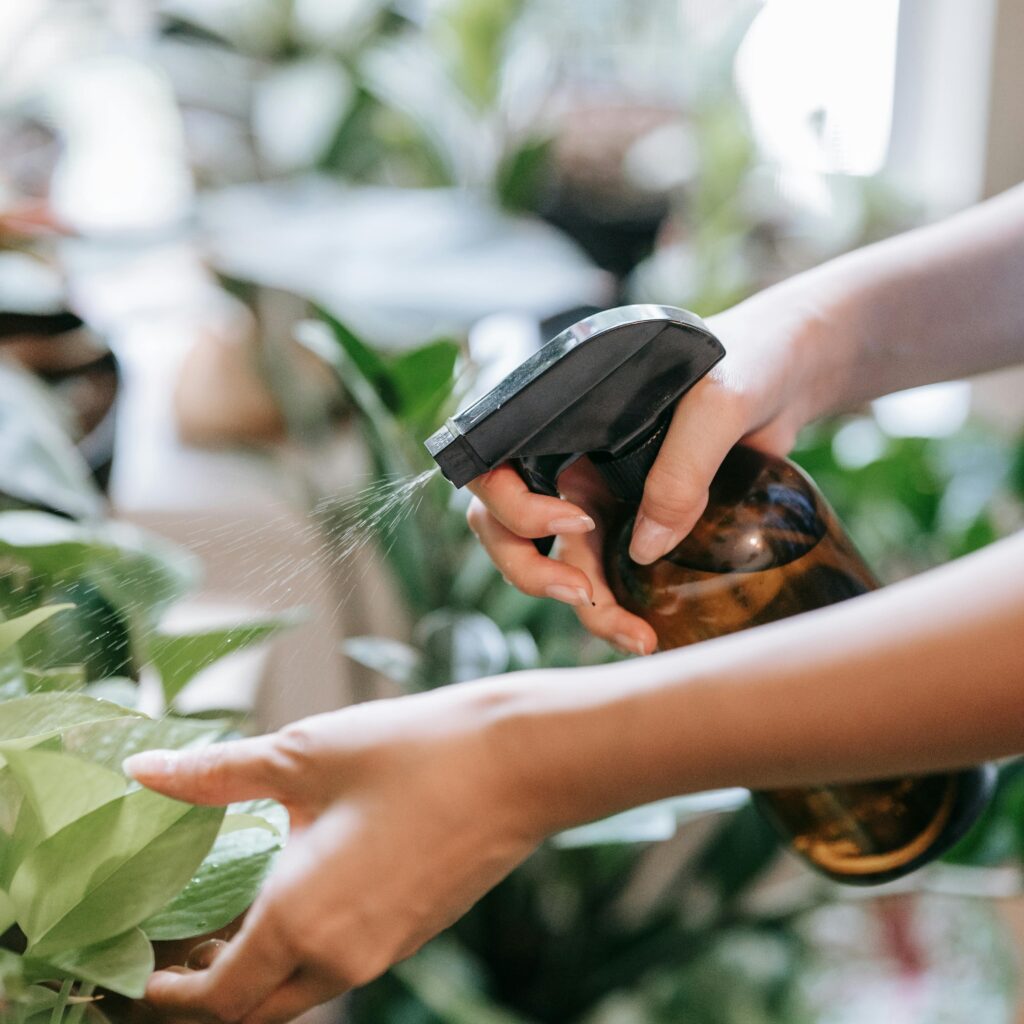From Seed to Sprout: Mastering the Basics of Gardening
Starting a garden can be one of the most rewarding hobbies, whether you’re growing colorful flowers, fresh vegetables, or aromatic herbs. Every lush, vibrant garden begins with a simple seed. Understanding the basics of gardening, from planting seeds to nurturing sprouts, is key to building a thriving green space.
In this guide, we’ll take you step by step through the essentials of getting started with your garden and ensuring those tiny seeds grow into strong, healthy plants.
1. Choose the Right Seeds

Before you plant, selecting the right seeds is crucial. The success of your garden depends on choosing plants suited to your environment and gardening goals.
- Understand Your Zone: Check your region’s USDA Plant Hardiness Zone to determine which plants thrive in your climate.
- Consider Sunlight and Space: Some plants need full sun, while others prefer shade. Also, consider how much space you have for plants to grow.
- Decide What You Want to Grow: Are you looking for flowers, vegetables, herbs, or a mix? For beginners, easy-to-grow options include tomatoes, basil, marigolds, and sunflowers.
Tip: Start with a small variety of seeds to avoid feeling overwhelmed.
2. Prepare the Soil
Healthy plants start with healthy soil. Taking the time to prepare your soil will give your seeds the best chance to sprout and thrive.
- Test Your Soil: Use a soil testing kit to check pH levels and nutrient content. Most plants prefer slightly acidic to neutral soil (pH 6.0-7.0).
- Enrich the Soil: Add compost or organic matter to improve fertility and texture. This provides nutrients and helps retain moisture.
- Ensure Proper Drainage: Loosen the soil to avoid compaction, allowing roots to grow freely and water to drain efficiently.
Tip: Raised beds or containers can help control soil quality if your garden soil isn’t ideal.
Once your soil is ready, it’s time to plant! The way you plant your seeds can affect how well they germinate.
- Read the Seed Packet: Each type of seed has specific instructions regarding depth, spacing, and sunlight requirements. Follow these guidelines closely.
- Plant at the Right Depth: Seeds planted too deep may struggle to sprout, while those planted too shallow may dry out.
- Water Gently: After planting, water lightly to moisten the soil without washing away the seeds.
Tip: Label your rows or containers to keep track of what you’ve planted.
4. Watering and Light Requirements
Proper watering and lighting are essential for germination and healthy sprout growth.

- Keep the Soil Moist: Seeds need consistent moisture to germinate, but avoid overwatering, which can lead to rot.
- Provide Adequate Light: Most seeds require ample light to grow. If you’re starting indoors, place containers near a sunny window or use grow lights.
Tip: Use a spray bottle for delicate watering during the early stages of growth.
5. Patience and Monitoring
Gardening requires patience. Most seeds take a few days to a few weeks to germinate, depending on the plant.
- Monitor for Growth: Check your garden daily for signs of sprouts. Once seedlings appear, continue to provide water and light as needed.
- Thin Out Seedlings: When sprouts grow large enough, thin them out by removing weaker seedlings to give stronger ones room to thrive.
Tip: Keep an eye out for any signs of pests or disease during this stage.
6. Transplanting Seedlings
If you started seeds indoors or in a controlled environment, you’ll need to transplant them into your garden or larger containers once they’re sturdy enough.
- Harden Off Seedlings: Gradually expose them to outdoor conditions by placing them outside for a few hours a day over a week.
- Choose the Right Time: Transplant on a cool, cloudy day to minimize transplant shock.
- Plant at the Right Depth: Ensure seedlings are planted at the same depth as they were in their starter pots.
Tip: Water the seedlings immediately after transplanting to help them settle into their new environment.
7. Ongoing Care and Maintenance

Once your seeds have sprouted and grown into young plants, your job isn’t over. Regular care ensures they thrive throughout the growing season.
- Mulch Around Plants: Mulching helps retain soil moisture, suppress weeds, and regulate soil temperature.
- Fertilize When Needed: Use an appropriate fertilizer based on your plant type to support healthy growth.
- Pest and Weed Control: Inspect your garden regularly for pests and remove weeds that compete for nutrients and water.
Tip: Consider using natural pest control methods to keep your garden eco-friendly.
Conclusion
Mastering the basics of gardening, from seed to sprout, is an enriching experience that brings you closer to nature. With a bit of preparation, patience, and care, you’ll watch your tiny seeds grow into a lush, thriving garden. Whether you’re growing for beauty, food, or relaxation, these foundational skills will set you on the path to gardening success.
Happy planting!